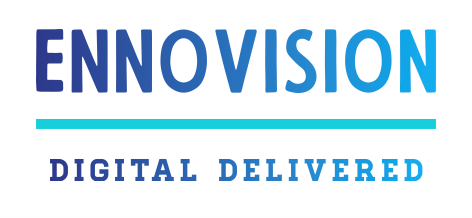
As cloud applications grow in complexity, teams are increasingly reorganizing into a distributed microservice architecture, to accelerate the software delivery cycles. Throughout all of this, DevOps engineers constantly look for ways to streamline and automate the continuous deployment of code.
Containers, like Docker, have emerged as a preferred way to simplify and automate the deployment process for their applications. Driven by the
global internet, cloud, and the explosion of mobile apps, application services, designed for internet scale are increasingly relying on Dockers to achieve scale. Cloud-native applications are comprised of multiple connected components that are resilient, horizontally scalable, and wired together via secured virtual networks. As these distributed, modular architectures have become the norm, Docker has emerged as a preferred way to package and deploy application components.
As Docker has matured, the emphasis has shifted from the management of the containers themselves to the orchestration and management of complete, ready-to-run application services. For developers and QA teams, the potential for productivity gains is enormous. By being able to spin up fully assembled dev, test and QA environments, and rapidly promote applications to production, major sources of errors, downtime and risk can be avoided. DevOps teams become more productive, and organizations can get to market faster with higher-quality software. With opportunities to reduce cost and improve productivity, Docker is no longer interesting just to technologists – it’s caught the attention of the boardroom as well. They are the catalyst in the process of digital transformation that many industries are going through.
Exciting as it is! Teams must also be aware of the pitfalls and restrictions when implementing dockers.
-
Docker in-itself isn’t sufficient for running in production and hence currently there isa need to use some orchestration technology as well.
-
Being a relatively new technology it’s not easy to find experienced DevOps resources with good experience in Dockers. The learning curve for Docker is also considerably steep. It is therefore imperative to promote the DevOps culture across development teams, including architects, developers and testers. With applications being designed, built and tested for containerization. A basic level of understanding, continuous training and a DevOps first and scalability mindset needs to be promoted across the application development teams.
-
Docker do not provide cross-platform compatibility; if an application is designed to run in a Docker container on windows, then it cannot run on a Linux Docker container. It is therefore critical that before building an image, the team needs to be aware of which OS will they be deploying and accordingly chose the base image.
-
Docker does not provide any solution for data backup and recovery. This needs to be handled architecturally. So, all the data that needs backup or recovery needs to be stored on a volume mount on the container and the data backup and recovery needs to be handled for the external volume.
These are just some of the most basic things to be aware of, when implementing containerization using Dockers. For more information and a detailed conversation around your DevOps or application scaling requirements, get in touch. Our team of DevOps experts are always looking for an engaging conversation and the next challenge.




